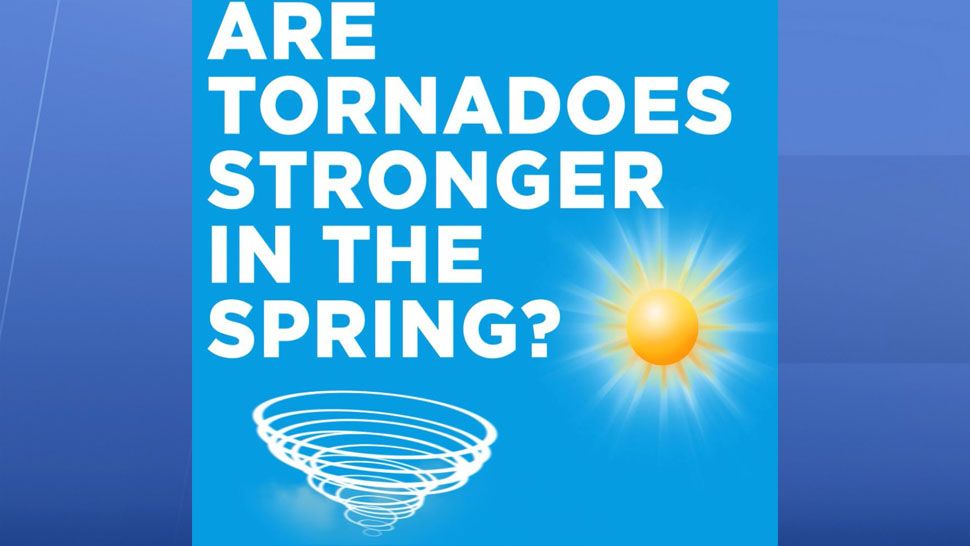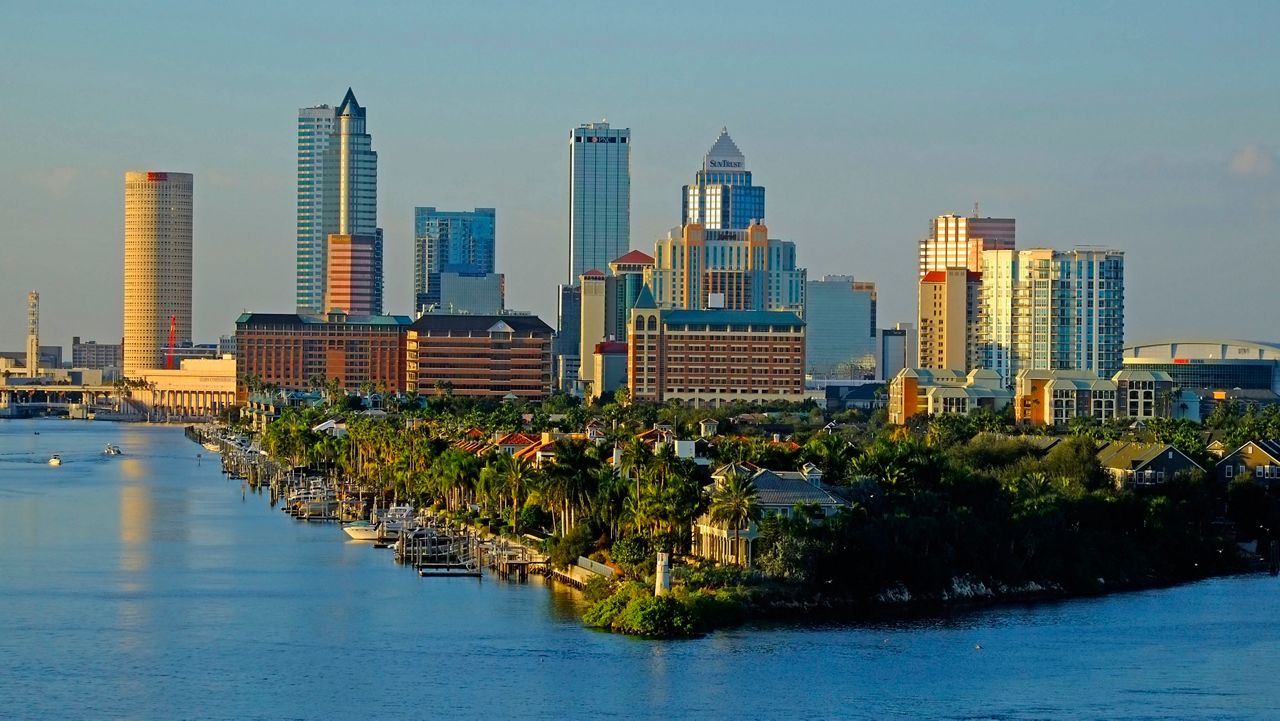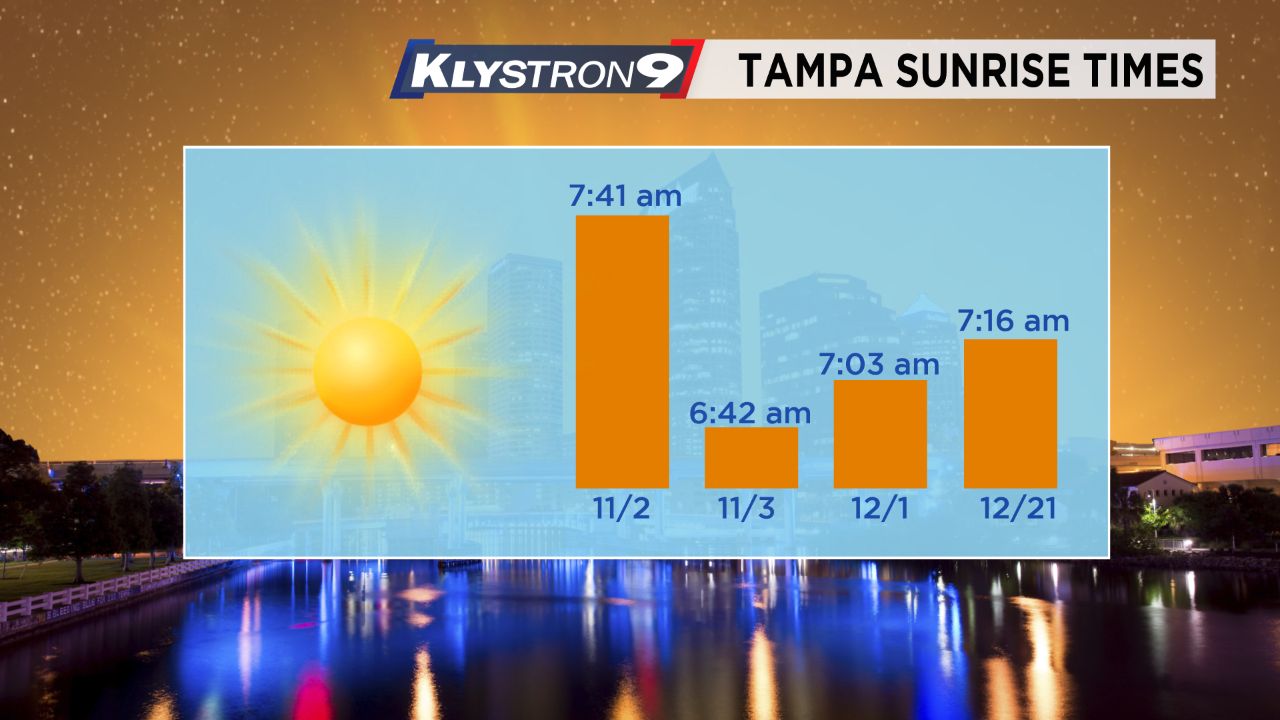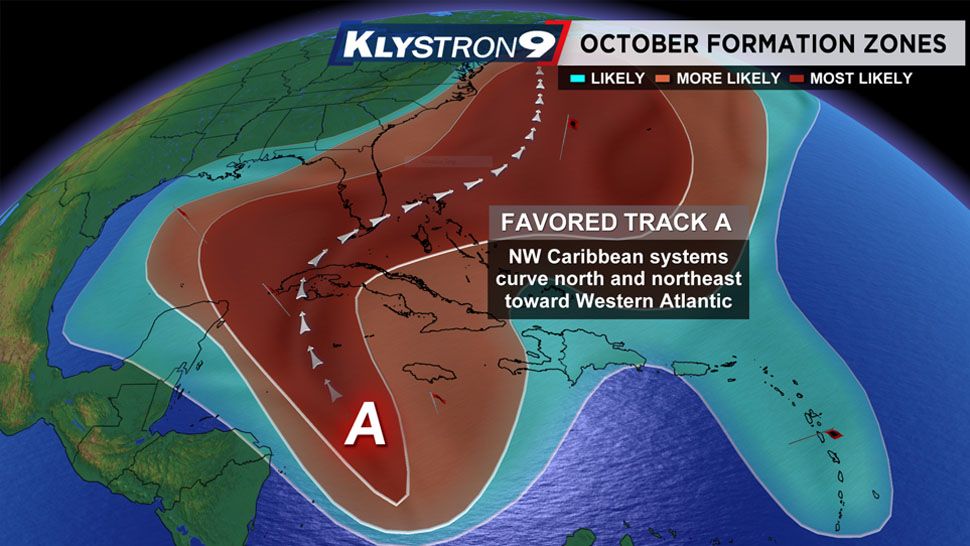Florida is no stranger when it comes to tornadoes. They can strike our state any time of year and are most common during the summertime.
Summertime tornadoes tend to be very weak and are generally rated EF0. Many of these tornadoes are waterspouts that move onshore and fall apart fairly quickly.
Tornadoes that threaten Tampa Bay during the late winter and spring months can be a little spicy. This has to do with a clash of air masses along with strong upper-level winds fueled by the jet stream. Strong cold fronts originating from up north still sweep through Florida during the spring months. The cold, dry air clashes with the warm humid air often leading to thunderstorms. These storms tend to form into a squall line over the Gulf of Mexico and sweep through Florida’s West Coast. Often times, these lines produce tornadoes, many times at night. These tornadoes can be stronger and last longer than summertime tornadoes produced along a sea breeze.
While Florida receives more tornadoes per 10,000 square miles than any other state, they tend to be weak and cause minimal damage. Most of our tornadoes occur during the summer, especially June. Summertime tornadoes are usually generated from thunderstorms that form along a sea breeze. These tornadoes last just a few minutes and are generally rated EF-0.
Tropical systems can generate tornadoes around our area too. The best chance for this to occur is during the fall season where Tampa grows most susceptible for tropical systems. A recent example of a tropical induced tornado was during Nestor in October when an Ef-2 tornado tracked through Polk County causing extensive damages to some communities such as Kathleen.
The big takeaway is that tornadoes can strike Tampa Bay any time of the year. The stronger tornadoes tend to strike our area during the late winter and spring months, often times at night. A recent example of this was in early February when a tornado tracked 9 miles across Pinellas County, collapsing a home and injuring one person.
Anytime severe weather threatens Tampa Bay, it is always good to have a plan in place and know what to do should a tornado warning be issued for your area.
Here are Top 5 Things You Need To Know About Florida Tornadoes:
- Tornadoes can happen anytime of the year.
- Most tornadoes are EF-0, waterspouts that move onshore.
- Stronger tornadoes are most likely between February – April, usually within a squall line and can strike at night.
- Most tornadoes occur in June but are generally weak.
- Florida has the greatest frequency of tornadoes per 10,000 square miles than any other state.








